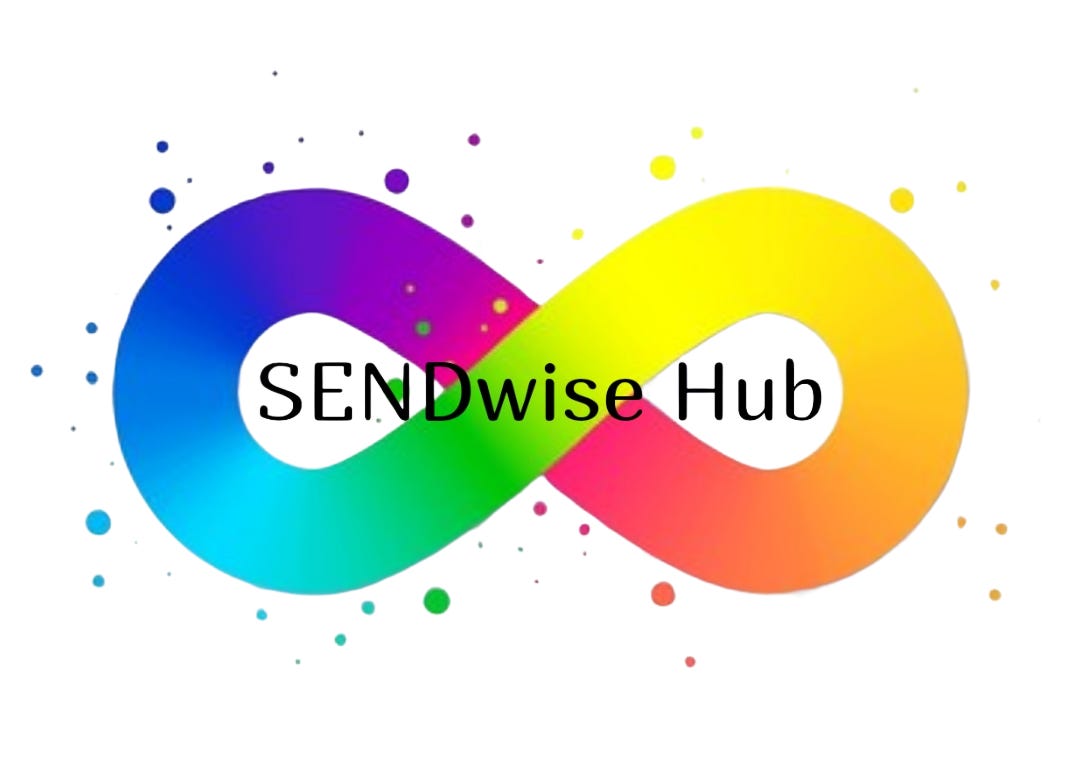I wanted to share something with you. Well, at least I will try, because how do I even explain this?
When I’m working on something routine like a report I’ve done a hundred times, or building a pivot table in Excel, I don’t even have to look at the screen. The rhythm of the keys tells me if I’m on track. The harmonious taps, the pauses, the little clusters of sound all form a pattern I know as well as a song. If that pattern is even slightly off, I can hear it. I know instantly that I’ve missed a step, pressed something out of order, or skipped over a detail.
For me, it’s more than muscle memory. It’s like my fingers, my ears and my brain are in intricate conversation, creating this invisible safety net that catches mistakes before my eyes do.
SENDwise Hub is a reader-supported publication. To receive new posts and support my work, consider becoming a free or paid subscriber.
Sometimes I’ll stop mid-flow because the rhythm isn’t right. My fingers hesitate, that flow breaks and I know the sequence has slipped. I can feel it and hear it. Other times, there’s a sound that doesn’t belong like an extra tap or an uneven beat and I can feel the error before I go back over it all.
It’s strange to describe, because it doesn’t happen through conscious checking. It’s more like a background hum that alerts me the moment something drifts out of tune.
There’s a satisfaction in correcting it too. Sliding back into the right rhythm feels like dropping back into the rhythm of a song after losing the beat. The unevenness is worked out. The flow returns. My fingers and ears settle back into balance and I can keep going.
I don’t need to see the data, the table or the report to know whether it’s right in those moments. The sound and feel of the pattern already tell me.
There’s a particular confidence in that, almost like a second layer of awareness. While one part of me is focused on the content, another part is listening for the familiar pattern that signals everything is aligned as it should be.
Sometimes I wonder if this is why I can do certain tasks so quickly. Is it just the repetition and familiarity or the comfort of knowing I have two layers of awareness running at once?
When I try to explain this, people tend to look at me puzzled. How can the sound of typing possibly tell you anything about accuracy? But to me, it’s obvious. The taps and pauses are markers, like stepping stones. If one is missing or if they come in the wrong order, the whole path feels different. My hands notice. My ears notice. I notice.
It’s impossible to ignore. Even if I wanted to, I couldn’t unhear it. Ultimately, it is an irreversible neurological process.
Does that make any sense? Does anyone else experience it? It’s so difficult to explain, because it isn’t logical. At least not in the way people expect or describe logic.
⭐ Be part of The Unasked Collection and read previous exclusive articles written by Dr. Joanna Grace and Helen Edgar. The next article will be published on the 15th September.
⭐ Join me for the upcoming webinar on “Why hygiene is not just about cleanliness”.
⭐ If you’re looking for digital and affordable resources, you can browse them here.
⭐ If you wish to support the neurodivergent community, come for a browse here.
⭐ If you’re on any social media, come join me on Facebook, Instagram or LinkedIn.


